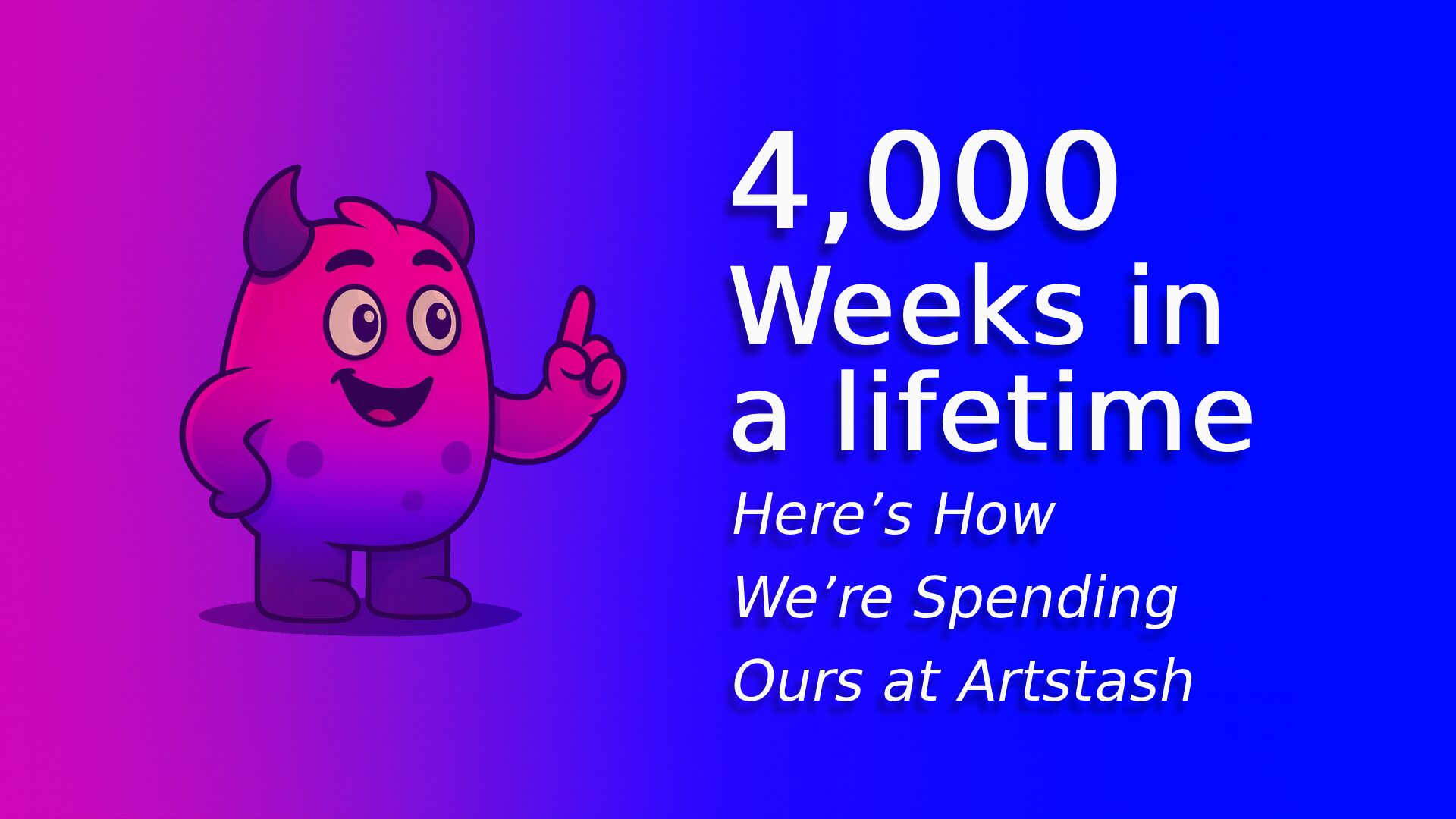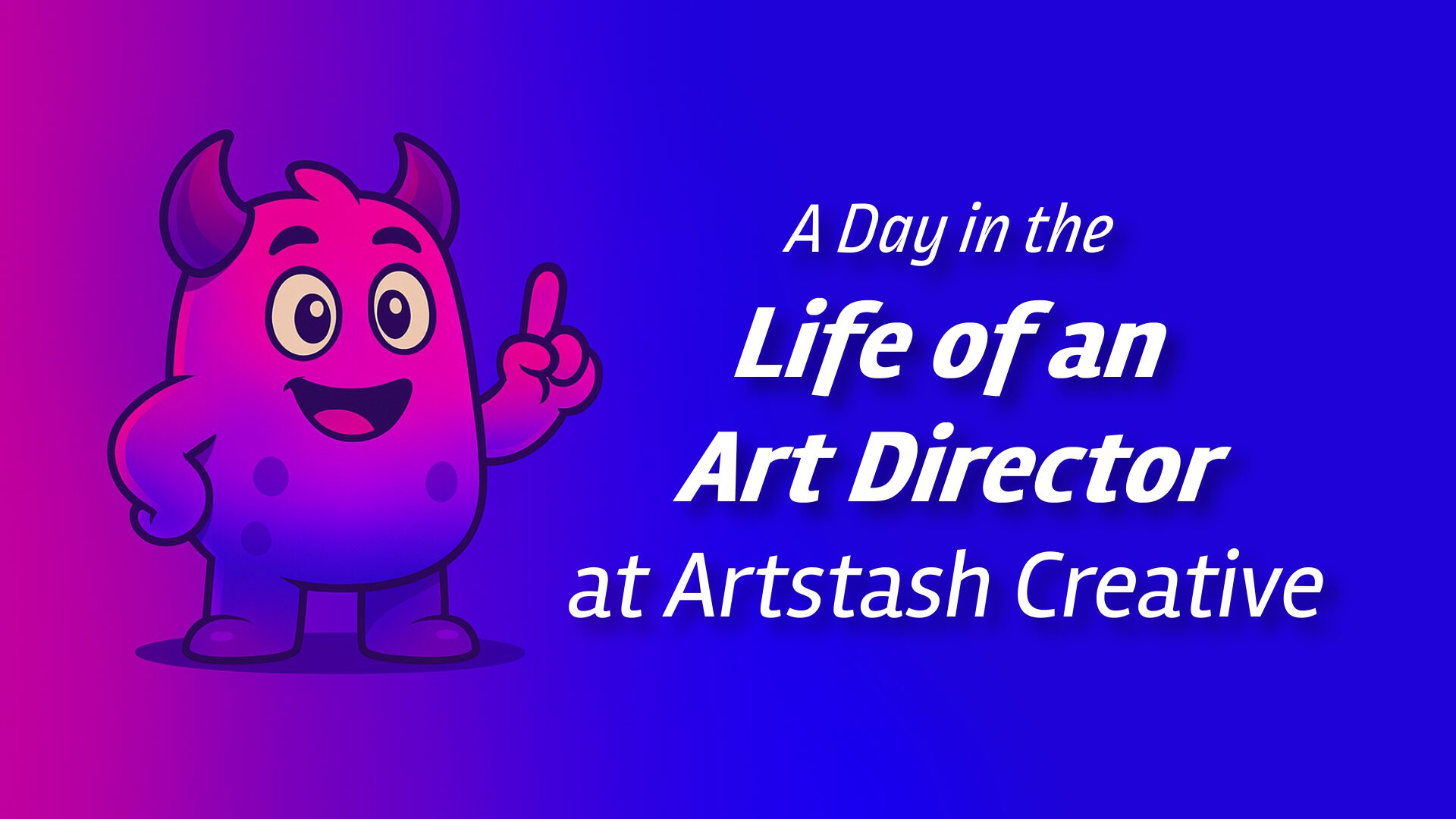Veo3: A Game-Changer for Mobile Gaming User Acquisition?
The video top right here was made 100% by VEO3 for a game that doesn’t exist…
In the fast-paced world of mobile gaming, user acquisition (UA) is a constant battle.
Standing out in a crowded market demands innovative strategies and captivating creative. For years, video ads have been the undisputed champions of mobile UA, but the demand for fresh, high-performing creative is insatiable. This is where AI-powered video generation tools like Google Veo3 enter the arena, promising to revolutionize how we approach mobile game marketing.
But is Veo3 truly the silver bullet we’ve been waiting for? As a creative agency deeply embedded in the mobile gaming industry, we’ve been closely watching its evolution, and in this post, we’ll dive into its potential, current limitations, and what we hope to see next.
The Promise of Veo3 in Mobile Gaming UA
Veo3, Google’s advanced text-to-video AI, offers a glimpse into a future where video ad creation is faster, more scalable, and more personalized. Imagine generating countless versions of a game trailer—highlighting different gameplay, characters, or narratives—with just a few lines of text. This could transform A/B testing and campaign optimization.
Key use cases for mobile gaming UA:
Rapid Iteration: Quickly produce multiple ad variations for extensive A/B testing, cutting production time and costs.
Personalized Ads: Create tailored video ads based on user preferences or cultural context.
Localized Content: Generate culturally relevant ads at scale for global expansion.
Dynamic Updates: Easily showcase new game content in fresh, timely creatives.
Prototyping: Test ad concepts early to gauge appeal before full-scale production.
Current Limitations and the Road Ahead
While Veo3 shows great promise, it still has notable limitations, especially for creative agencies working in mobile gaming UA.
Key challenges:
Lack of Nuance: Outputs can feel generic or emotionally flat. Achieving standout results often requires complex prompting, which adds time and cost.
Limited Control: Fine-tuning specific elements like character actions or camera angles is difficult and often unpredictable.
Brand Inconsistency: Maintaining a consistent voice and visual identity is challenging without careful oversight.
Visual Glitches: Technical artifacts and awkward animations still occur and may need manual fixes.
Time Limits: The current 8-second cap can restrict creative storytelling—though this may improve over time.
How Veo3 Can Evolve for Mobile Gaming UA
To make Veo3 a game-changer in mobile gaming UA, several improvements are essential:
Emotional & Narrative Depth: Future versions should better understand emotional cues and storytelling by learning from top-performing game ads.
Creative Control: Users need more precise editing tools, ideally visual interfaces or integrations with video editing software for greater control beyond text prompts.
Gaming-Specific Training: Veo3 should be trained on mobile gaming content to better grasp mechanics, art styles, and player motivations. (Watch for our upcoming Artstash integration.)
UA Platform Integration: Direct connections with major UA platforms would simplify ad creation, testing, and deployment.
Transparency: Clearer insight into how Veo3 makes creative choices would help teams optimize outputs more reliably.
Conclusion
Google Veo3 is a major step forward in AI video generation with huge potential for mobile gaming UA. While it still lacks creative nuance and fine control, rapid AI progress suggests these gaps will close soon. As a creative agency, we’re excited about Veo3’s ability to speed up iteration, enable personalization, and boost campaign performance—and we look forward to partnering with developers and Google to turn this promising tool into a core part of the UA toolkit.
Should we green light the game??


